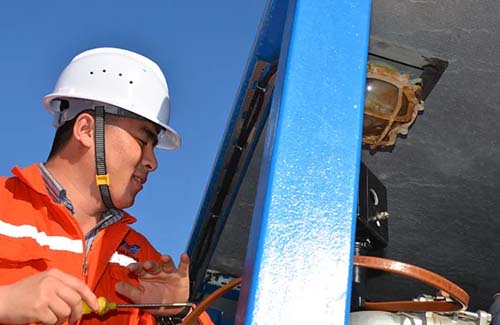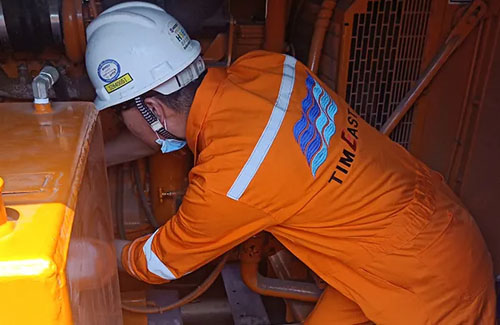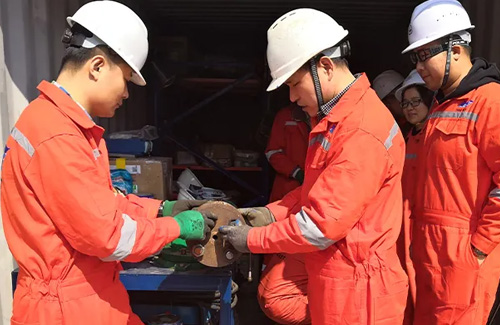Aug. 15, 2023
Electrical heat tracing, also known as heat trace, is a vital technology used to maintain the temperature of pipelines, vessels, and other equipment in various industries. It involves the application of electric heating cables or heating tapes to prevent freezing, maintain process temperatures, and ensure the proper flow of fluids. This article explores the reasons why electrical heat tracing is needed in industrial and commercial applications.
In cold climates or during winter months, pipes and equipment can freeze, leading to blockages, pressure build-up, and potential damage. Electrical heat tracing prevents freezing by applying controlled heat to maintain the temperature above the freezing point of the fluid inside the pipes. This is crucial in industries such as oil and gas, chemical processing, and water treatment, where freezing can disrupt operations and compromise safety.
Some industrial processes require precise temperature control to ensure product quality, consistency, and safety. Electrical heat tracing is used to maintain specific temperatures within pipes, tanks, and vessels. This is especially important in industries such as food and beverage, pharmaceuticals, and petrochemicals, where temperature variations can affect product integrity and regulatory compliance.
Electrical Heat Tracing Business
Heat tracing prevents heat loss from pipelines and equipment, which can save energy and reduce operating costs. By applying heat only when needed, electrical heat tracing minimizes the need for continuous heating and enhances energy efficiency. This is particularly relevant in industries where energy consumption is a significant operational expense.
In some applications, maintaining the appropriate temperature can prevent the accumulation of corrosive substances or deposits. Electrical heat tracing helps maintain fluid viscosity and prevents the solidification of substances that could lead to corrosion, blockages, or reduced equipment lifespan.
Electrical heat tracing plays a critical role in ensuring the safety of workers and the environment. It prevents the formation of ice or condensation on surfaces that could become slippery and hazardous. It also helps maintain the flow of hazardous fluids at safe temperatures, reducing the risk of leaks, spills, and accidents.
Electrical Heat Tracing Business
Industries such as power generation, water distribution, and transportation rely on electrical heat tracing to protect critical infrastructure. By preventing freezing and maintaining the operational integrity of pipelines and equipment, heat tracing contributes to the continuous and reliable supply of essential services.
Electrical heat tracing systems can be customized to suit various applications, from simple residential pipe freeze protection to complex industrial process temperature maintenance. They can be installed on both metal and non-metal pipes, and their versatility allows them to adapt to diverse operational requirements.
Electrical heat tracing is essential in numerous industries to prevent freezing, maintain process temperatures, conserve energy, ensure safety, and comply with regulations. By providing targeted and controlled heating solutions, electrical heat tracing systems contribute to the smooth operation, efficiency, and integrity of pipelines, vessels, and equipment in a wide range of applications.
Dec. 12, 2023
The Basics of Electric Heat Trace Technology In the world of industrial processes and temperature control, Electric Heat Trace (EHT) technology plays a crucial role.Nov. 23, 2023
Performing a Leak Test: Step-by-Step Guide A leak test is a crucial procedure to ensure the integrity of a system and identify potential leaks in pipes, joints, or containers.Nov. 08, 2023
Main Steps of a Flange Management Procedure Flange management is a critical aspect of maintaining the integrity and reliability of piping systems in various industries.

